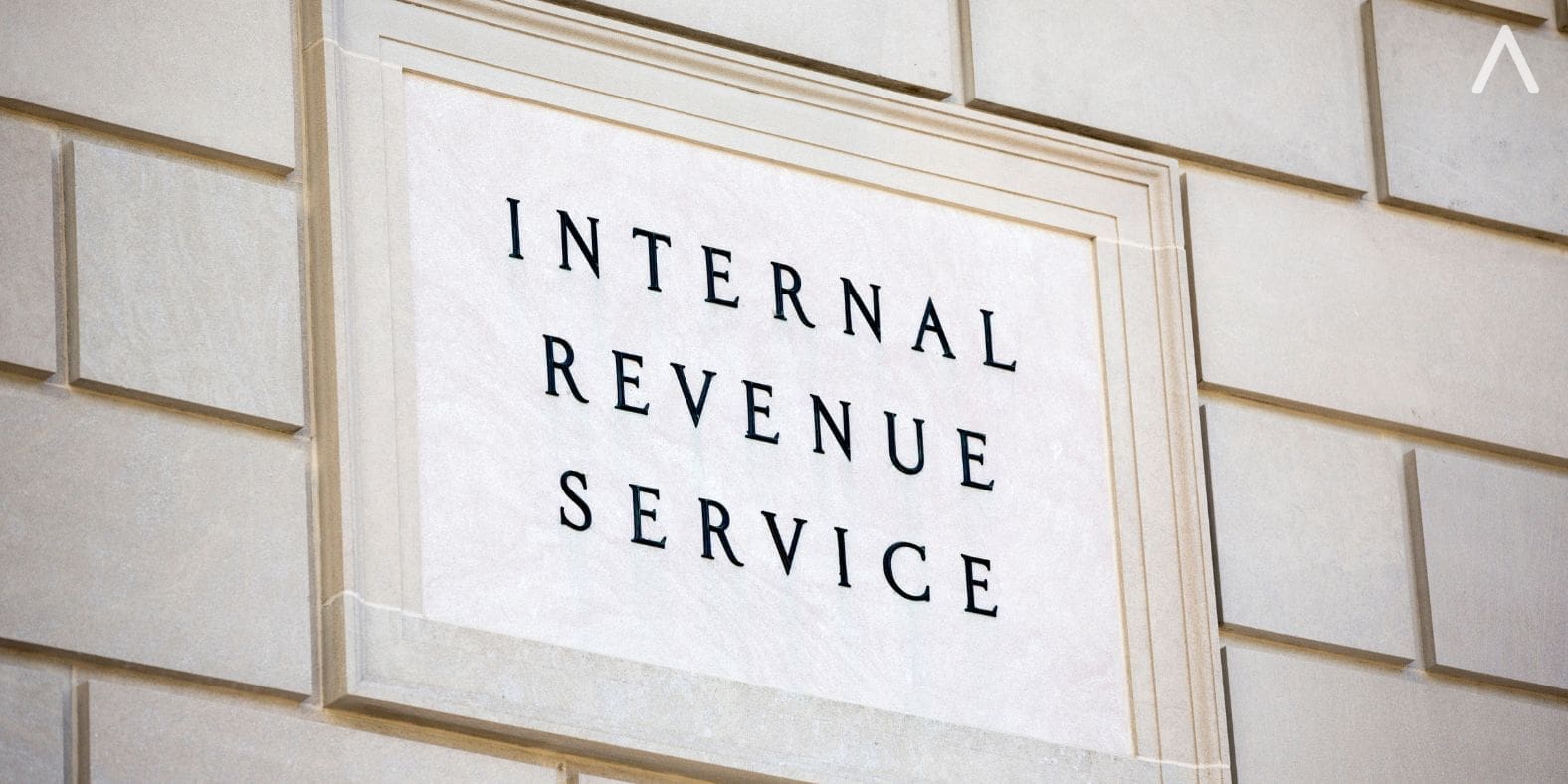TAX AND BENEFITS CLIENT ALERT
The Internal Revenue Service (IRS) has recently announced a two-year administrative transition period for the new requirement that catch-up contributions made by certain higher-income participants in 401(k), 403(b), and governmental 457(b) plans must be designated as after-tax Roth contributions. The transition period will begin on January 1, 2024, and end on December 31, 2025.
Under the new requirement, which was enacted as part of the SECURE 2.0 Act of 2022, catchup contributions made by participants with modified adjusted gross income (MAGI) above a certain threshold must be designated as Roth contributions. The MAGI threshold is $145,000 for single filers and $214,000 for married couples filing jointly.
The transition period provides relief to plan sponsors and participants who need time to make the necessary changes to their plans and payroll systems to comply with the new requirement. During the transition period, catch-up contributions made by eligible participants will be treated as satisfying the new requirement even if they are not designated as Roth contributions.
In addition, the IRS has clarified that catch-up contributions will still be permitted after 2023 for participants who are age 50 and over, regardless of income.
The transition period is a welcome development for plan sponsors and participants who are affected by the new Roth catch-up contribution requirement. It provides much-needed time to make the necessary changes and ensure that everyone is in compliance with the new law.
Here are some additional things to keep in mind about the new Roth catch-up contribution
requirement:
- The requirement applies to catch-up contributions made in the calendar year, not the tax year. For example, catch-up contributions made in 2024 will be subject to the new requirement, even if the participant’s MAGI for 2024 is below the threshold.
- The requirement applies to all catch-up contributions, not just those made to the employee’s own account. For example, if a participant makes catch-up contributions to a spousal 401(k) plan, those contributions must also be designated as Roth contributions.
- The requirement does not apply to catch-up contributions made to SIMPLE IRAs or SEP IRAs.
If you are a plan sponsor or participant who is affected by the new Roth catch-up contribution requirement, you should contact your plan administrator for more information.
If you have any questions about the rule change, please contact one of the attorneys in the Tax Group at Practus, LLP or reach out to me directly at Jeffrey.Rambach@practus.com.






